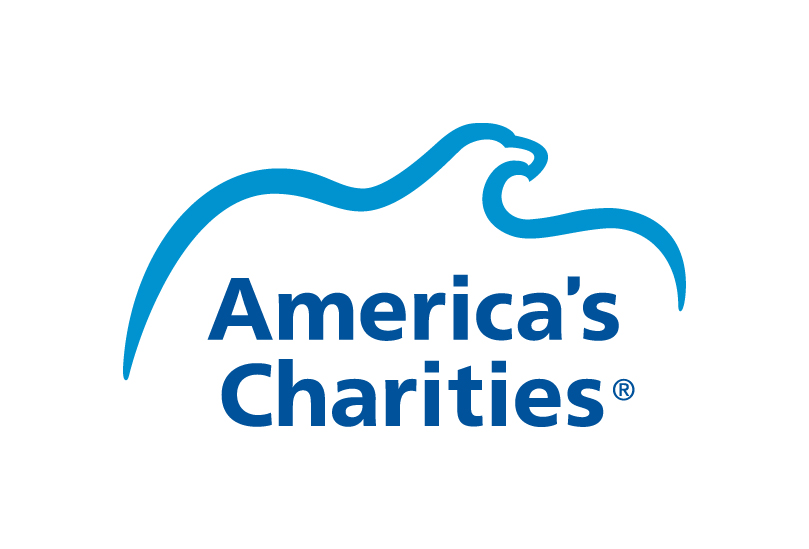Why Taking the Long View with Disaster Recovery is Essential
By Anna R. Hurt, disaster management analyst at the Center for Disaster Philanthropy, and Jim Starr, interim CEO for America’s Charities.
It’s June, and that means hurricane season has officially begun. This year’s season is expected to be “near-normal.” And yet, normal is still scary. Experts at the National Oceanic Atmospheric Administration predict 10 to 16 named storms, of which four to eight could become hurricanes. With this prediction comes the need for preparation and planning.
In particular, we encourage donors interested in having a measurable long-term impact with their disaster giving to start planning now. Knowing your options and giving ahead of a disaster maximizes resources and funds when the event occurs. Ultimately, your contributions are far more effective in improving the lives of those in need.
Taking the long view on disasters is essential because too often attention fades in a mere month, even from U.S. disasters. Yet the families and communities that suffer the disaster spend months and years working to recover, facing unpredictable challenges, and often without broader support. Their struggles are not captured by the TV cameras yet their needs are just as profound as the day the disaster struck. It is fundamentally important that donors think of disaster recovery over the long term and entrust experts to know how their donation will have the most significant impact on recovery.
To make every dollar count in times of disaster, consider giving now to the America’s Charities Disaster Recovery Fund presented by the Center for Disaster Philanthropy. This new fund leverages your generosity by enabling immediate donations and using our expertise to determine how to allocate those funds over the long-term for the greatest impact.
Whenever a disaster happens, the Center for Disaster Philanthropy (CDP) team goes to work quickly to assess a situation, reaching out to and acting as the link between donors and organizations on the front lines. That work goes on for long after the media attention has faded. And every donation made to the Disaster Recovery Fund is managed by America’s Charities, whose deep background in handling charitable funds means that all incoming donations are allocated accurately and expertly. Donors receive receipts, impact reports and more so they can rest assured that their hard-earned money is being spent appropriately, ultimately helping throughout the arc of the disaster.
Long-Term Disaster Recovery: Brutal but Beautiful
Long-term recovery is a brutal but beautiful thing. It’s important that donors are able to support the complete scope of recovery – from the beginning to end – with an understanding of the many factors that will affect that recovery.
When CDP assessed the needs of Typhoon Haiyan, we came up with a long list that would carry into the next five years – things such as permanent housing, livelihood recovery, health infrastructure, and more. The next question we asked was what can we address with admittedly small funds and still make a difference? Our oversight committee ultimately focused on some very rewarding work in the area of maternal health – work with long-term payout for years to come.
Similarly, for the 2015 Nepal earthquakes, CDP staff and our committee looked at a long list of needs, overlaid with a list of groups that we knew to be marginalized, and determined our focus point should be children and protecting their nutrition, health, education, and future.
We share these stories to make two points: We believe in the process because it’s necessary and because it works.
In Nepal, we funded projects centered on children because of key social issues such as child marriage and human trafficking. Understanding how social factors like these play into recovering from a disaster is complicated. It takes extra work to understand what those factors might be, but it is necessary work and time well spent.
Natural disasters are already piling up. From West Virginia floods, to devastating tornados sweeping through the US, to the deadly floods in Sri Lanka, there is no shortage of opportunities for donors to provide long-term support.
To make a difference, and make the most out of each dollar you donate, please choose the new Disaster Recovery Fund and make a different over the long-term.



